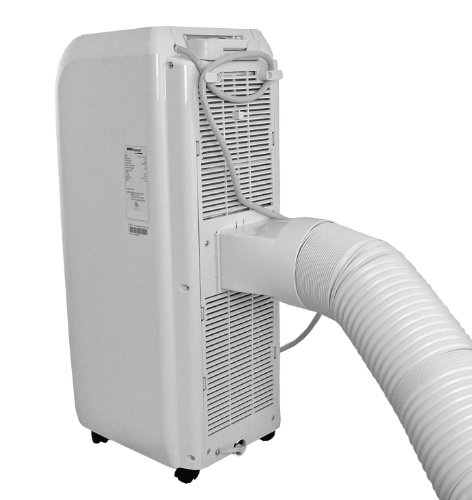Hi all,
I have been interested in using one of the newer combination AC and heat mini splits on our Sprinter camper. We have them at the house and love them and they are much, much quieter and more efficient than other options, plus if you want/need both AC and heat, not a bad buy.
However, before we actually do this, I am worried about the outdoor unit getting bounced around on rough roads and whether the manufacturer would honor the warranty if installed for mobile use.
Anyone know of an actual install and if so, how the units have held up after some months on the road?
Anyone know of a manufacturer that has been accepting of this sort of use?
The 12 volt ones for big truck rigs are too big and too expensive for us. Plus most only are AC.
The 115 volt ones for big RVs are too loud and too power hungry.
We are getting by with fans and good ventilation in the heat and a portable heater for the cold, but would like to continue to explore this idea.
Any evidence or experience would be much appreciated.
I have been interested in using one of the newer combination AC and heat mini splits on our Sprinter camper. We have them at the house and love them and they are much, much quieter and more efficient than other options, plus if you want/need both AC and heat, not a bad buy.
However, before we actually do this, I am worried about the outdoor unit getting bounced around on rough roads and whether the manufacturer would honor the warranty if installed for mobile use.
Anyone know of an actual install and if so, how the units have held up after some months on the road?
Anyone know of a manufacturer that has been accepting of this sort of use?
The 12 volt ones for big truck rigs are too big and too expensive for us. Plus most only are AC.
The 115 volt ones for big RVs are too loud and too power hungry.
We are getting by with fans and good ventilation in the heat and a portable heater for the cold, but would like to continue to explore this idea.
Any evidence or experience would be much appreciated.




